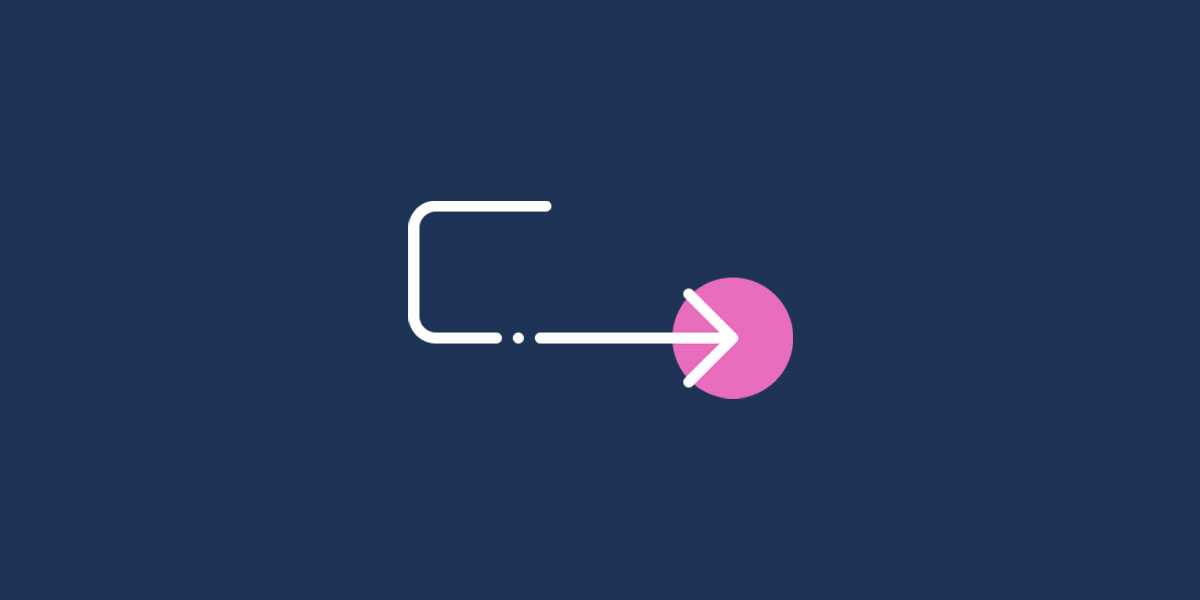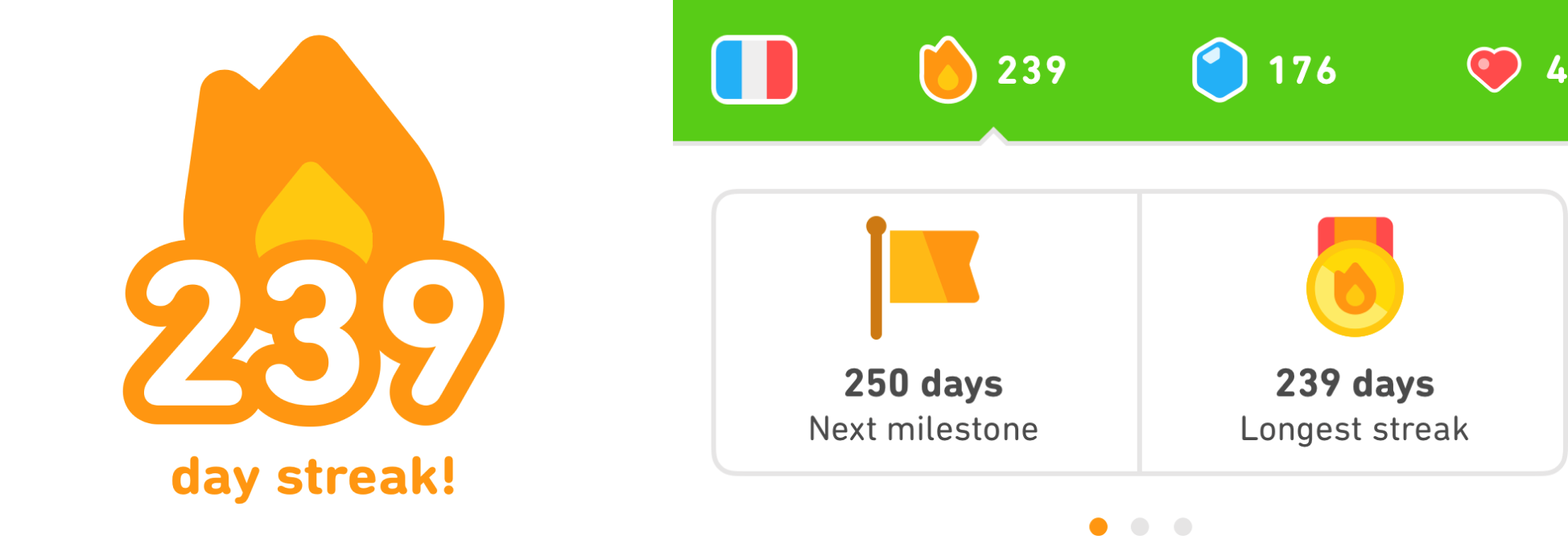The goal gradient behavioural principle is the idea that individuals are more motivated to pursue a goal as they approach its completion.
People are more motivated by how much (or in this case, little) is left to reach their target, not by how much they have completed already.

Think of it this way...
- Imagine you’re taking an online course; you've decided to become an SEO whizz! You log into the course and see that it’s 15 hours long – ouch.
- However, the course is broken down into 90 minute chunks, meaning that you’re never more than 1.5 hours away from achieving a macro goal. As you hit the 1 hour mark in each lesson and your attention starts to waver, you check how long is left and feel a wave of motivation to finish the remaining 30 minutes.
- As you progress through the course, your momentum builds – just three more courses and you achieve your accreditation! It would be silly to stop now, when you’re so close.
Brands can use the goal gradient effect to optimise their website by using design that guides users towards a specific goal or action.
By creating a clear and measurable goal for users to work towards, brands will improve the overall user experience by increasing user motivation and engagement with their website. Plus, the likelihood of users completing the desired action increases and therefore so too does conversion rate.
A completed task is like a reward to users. Brands could use this principle and introduce smaller tasks within the customer journey, leading towards a larger goal. This will improve motivation over a longer period of time, as the effect is applied to both macro and micro goals.
If the goal of a website is to increase sign-ups for a newsletter, sign-up forms should be prominent and require limited input. The perceived effort required is less, and the goal appears closer.
Gamification elements are a popular way of applying the goal gradient principle. That’s when we see badges awarded and profile completion percentages, turning the task into a game with achievements to unlock. Even when setting up Google Ads you strive to get the badge for ‘highly optimised’ keyword set-up!
Progress bars are perhaps the most obvious example of utilising the goal gradient effect. During what can be an arduous purchase process, seeing how far you have left and that light at the end of the tunnel can keep a user motivated for longer.
Duolingo, the language learning app, uses goal gradient as gamification, with lots of badges for different achievements. As you practice your chosen language, it shows your progress towards each achievement, encouraging you to keep up your daily lessons.

One of Duolingo’s badge types is staged according to how many days in a row you have practiced. Using the goal gradient principle to encourage users to achieve their ‘50/100/200 day streak’ and by incorporating another principle – loss aversion – Duolingo encourages users not to lose their streak. This makes for a powerful combination!

Uber use the goal gradient effect when showing the car animation on a map to give users a guide to their wait time for a ride. This is interesting as it changes the customer perception of time – the closer the Uber gets to the customer location, the faster the time appears to pass!

This is similar to showing the time of arrival of the next bus or train when waiting at a stop or station.
Introducing a reward program or tiered levels of membership is another way to use the goal gradient technique within marketing.
For example, if a customer does their weekly online shopping with a specific supermarket they may have already planned how they want to spend their first 1,000 reward points. The closer they get to that 1,000 point target, the more motivated they will be to shop exclusively with that supermarket. The outcome? The customer reaches their reward, and the supermarket has benefited from increased customer loyalty and an uplift in spending.
- Review your customer journey and look for ways to break your larger goals down into smaller sections.
- Look at where customers are dropping out of the journey - can you apply the principle to increase engagement?
- Consider whether you can introduce some rewards for customers to strive for, to increase task completion.
- We can identify the most appropriate goal gradient techniques through user testing, to help you achieve your priority website goals.
- Using the identified techniques, we can then plan and implement A/B tests to ensure they drive improved website performance.
Contact us at hello@daydot.agency to see how we can help.